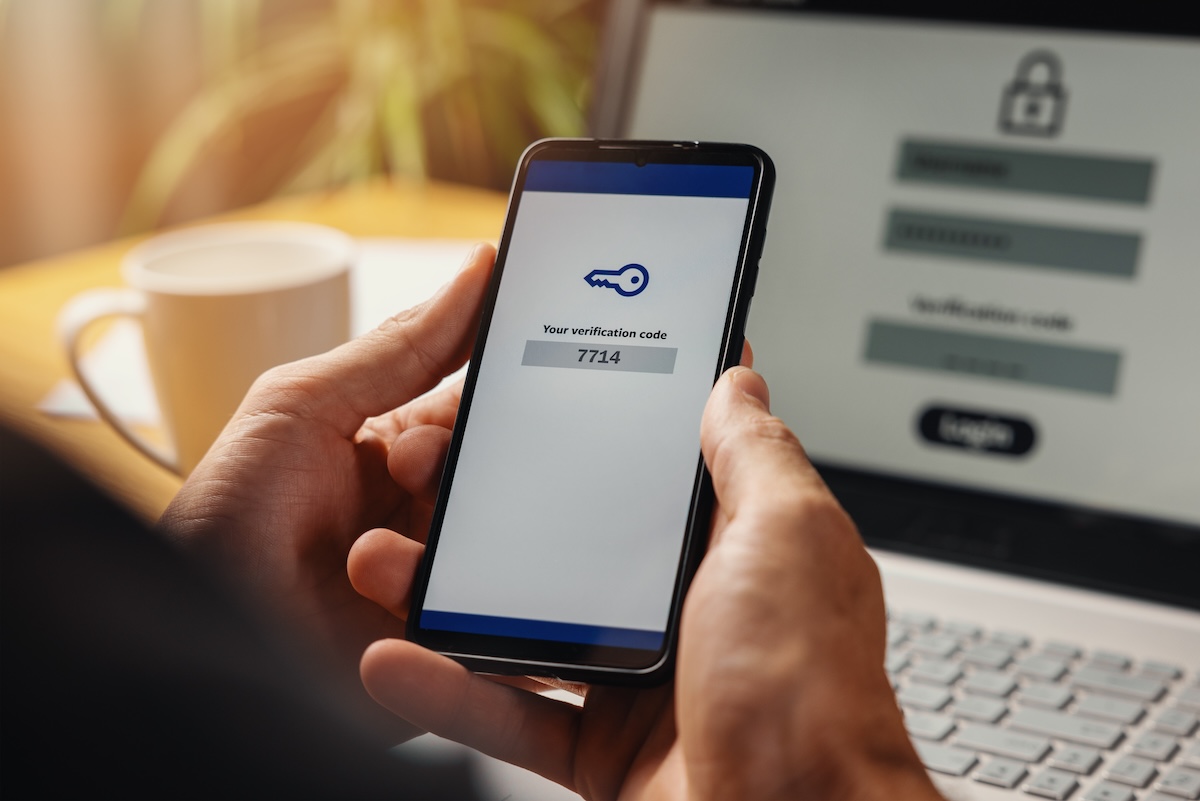
Updated on
28th Oct 2025
Cybercrime is evolving faster than ever, and small beauty businesses are now prime targets. Experts explain why salons and spas can no longer afford to ignore cybersecurity and how to stay one step ahead
October is Cyber Awareness Month, a timely reminder that the digital threat landscape has shifted dramatically.
According to Zain Javed, chief technology officer at Citation Cyber, “Over the last few years, the cyber threat landscape has changed dramatically. Attacks are now faster, cheaper and more automated, meaning even the smallest beauty salons are at risk.
“Criminals no longer just target large corporations; they go after the everyday cloud tools salons rely on, such as booking systems, payments, email and Instagram, not just the salon laptop.”
Cybercrime has effectively become “as-a-service”, explains Javed, where ready-made attack kits and bots sweep up small firms by the thousand.
“With beauty salons holding sensitive client information and card data, they’ve become prime targets for criminals who see ‘micro’ doesn’t mean ‘minor’,” he says.
A 2022 UK Government Cyber Security Breaches Survey found that around 39% of UK businesses experienced a cyberattack in the previous year, many of them small firms.
As Javed points out, “The impact can be devastating for salons: lost revenue from downtime, reputational harm, or even permanent closure. Many owners assume they’re too small to be noticed, but the truth is that small businesses are easier, quicker, and often more profitable to compromise.”
Why salons are becoming prime targets for hackers
Mark Walling, chief executive of PT Solutions, reinforces that small beauty businesses are not immune to attack.
“While the perception is that smaller businesses are at less risk of cyber-attacks, the reality is quite different,” he says.
Walling adds that 90% of all successful data breaches involve phishing attacks. “Even if you have your default security mechanisms set up correctly, a third of all phishing emails still get past these. So, technology alone isn’t enough to safeguard your business.”
The problem, both experts agree, is that smaller salons often lack in-house IT support and rely heavily on digital tools.
Common weak points include shared devices, unprotected guest Wi-Fi and heavy dependence on third-party booking and payment apps. Each of these can provide an entry point for attackers.

The most common cyberattacks hitting the beauty industry
Javed says the most frequent cyber incidents affecting beauty businesses include:
- Account takeovers (ATO): stolen passwords and weak authentication remain the top entry route.
- Ransomware and data theft: even small salons are being extorted for client lists, allergy notes and treatment histories.
- Invoice and booking scams: fraudsters hijack emails or DMs to alter bank details or fake deposits.
- Social engineering on social media: fake influencer collaborations or model calls lure staff into sharing credentials.
As Walling explains, cybercriminals use a range of techniques to damage businesses, from malware and ransomware to social engineering and exploiting unpatched vulnerabilities.
“The challenge is ensuring that your systems are constantly up to date and that vulnerabilities are identified and remediated quickly,” he says.
How AI is supercharging salon cyber threats
Artificial intelligence (AI) is now a double-edged sword in the beauty sector. “AI has made attacks more convincing than ever,” says Javed.
“Phishing emails are now written in perfect English, mimic your tone of voice, or even use cloned audio to approve fake payments.”
AI also speeds up credential-stuffing, floods booking systems with fake appointments, and can even post fake reviews to harm your reputation. Emerging scams include:
- Deepfake voice messages posing as the salon owner
- Fake QR codes on flyers or reception desks
- Malicious browser extensions that steal credentials
- Staff using unapproved apps that store client data offshore
These evolving tactics make it harder than ever to tell real from fake, and underscore why cyber awareness training is vital.
Simple cyber controls every salon should prioritise
Both experts agree that even small steps can make a big difference. Javed recommends four practical cyber controls that every salon can implement right now:
- Multi-Factor Authentication (MFA): “Please turn it on everywhere: booking systems, payments, social media, and email. It blocks most account takeovers.”
- Automatic updates: keep devices and routers updated to patch vulnerabilities.
- Reliable backups: back up booking data regularly and store one copy offline.
- Network separation: use separate Wi-Fi for guests and staff, and change default router passwords.
These measures don’t require big budgets but drastically reduce the likelihood of a breach.

What to do if your salon suffers a cyberattack
Every salon, spa or clinic should have a simple incident response plan. Javed suggests a one-page guide outlining who to contact (IT support, payment provider, bank, insurer), how to isolate infected devices, and how to continue taking bookings manually if systems go down.
He advises preparing pre-written messages for clients in case of service disruptions or data breaches. Remember that under UK GDPR, serious personal data breaches must be reported to the Information Commissioner’s Office (ICO) within 72 hours.
Walling adds that the consequences of a breach extend far beyond technical recovery. He says, “In addition to potential financial losses, a business can face regulatory fines, downtime and remediation costs, and damage to company reputation.”
Building a cyber-aware team culture
“Human error remains the main cause of 95% of cyber-security breaches,” says Walling, citing IBM’s Cyber Security Intelligence Index Report. Javed agrees that salon owners don’t need to be technical experts to build safer habits.
He suggests running short, visual training sessions. “Run a 20-minute cyber induction for new staff on spotting phishing and scam DMs. Apply a ‘three checks’ rule for money or password requests – confirm via a known number, never through the same channel, and always double-check with a colleague.”
Regular mini-drills, such as sending a fake phishing email or testing a backup restore, help keep awareness fresh.
What’s next: preparing for the future of salon cybersecurity
Looking ahead, Javed predicts major changes over the next few years:
- Passkeys will start replacing passwords across platforms.
- AI-driven fraud using voice and video will become mainstream.
- Instant payments will require stronger verification processes.
- Mandatory MFA will likely become standard across most business tools.
Cyber insurance is also tightening. “Insurers now require proof of MFA, regular updates, backups, and an incident plan,” says Javed. “Without these, coverage may be limited, or claims may be denied.”
His advice is simple: “Preparing now with secure defaults, trusted providers, and a clear recovery plan will keep your salon ahead of the curve.”
You might also like:


